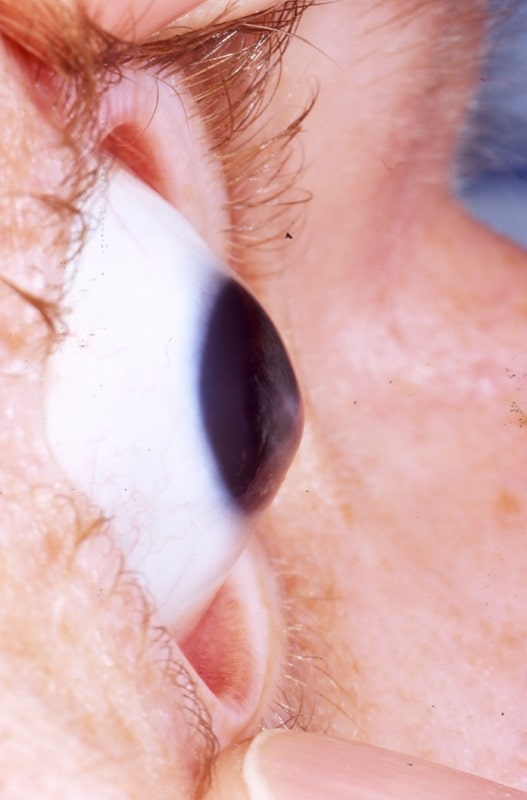
A team of optogeneticists in California have discovered a technique that activates brain cells with flashes of light. Using these photoreactive proteins called channelrhodopsins, scientists are able to “turn on” these proteins, and deactivate them with another color of light. In this case, blue light turned the channelrhodopsins on, and yellow turned it off. From the article:
The team, led by Karl Deisseroth, a psychiatrist at Stanford University, discovered that inserting channel rhodopsins into neurons allowed them to be activated by blue light. An engineered protein known as halo-rhodopsin can then be used to silence neurons by being exposed to yellow light. In the process of their research, the team also discovered a group of cells that may be responsible for the positive results of the fledgling treatment. By targeting these neurons specifically, scientists may soon have a much more effective and much less invasive method of treating Parkinson’s.
Octomom what? Channel who? Optogenetics is the study of using light-sensitive proteins to activate parts of the brain. The channelrhodopsins are the light activated proteins. It’s possible that research in this field could lead to more effective and less invasive Parkinson’s patients.




